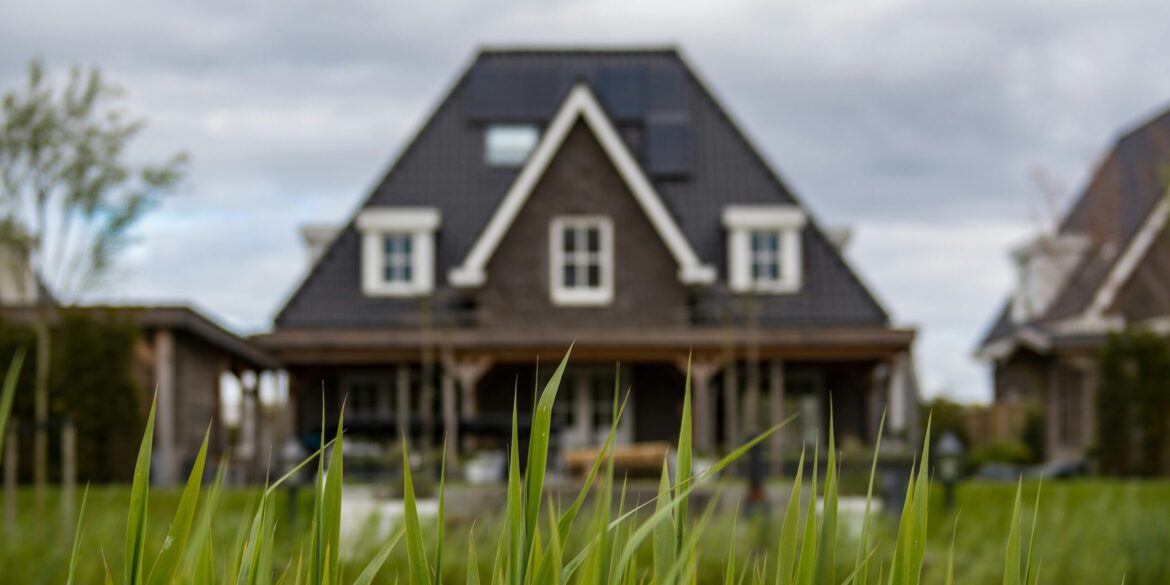As of August 25, 2025, a striking shift is underway in the United States housing market. Mortgage applications for rural properties have surged by 80 percent since 2020, marking one of the most significant changes in real estate patterns in recent decades. This growing interest in off-grid living reflects broader social, economic, and cultural forces, from the rise of remote work to increasing concerns over sustainability and self-sufficiency.
The trend is supported by a November 2024 Fannie Mae report, which highlighted how urban demand has softened amid higher mortgage rates while interest in rural housing has remained resilient. Homebuyers are looking beyond metropolitan centers to embrace lifestyles rooted in space, autonomy, and connection with the land. In many cases, this shift is about more than simply finding a new home. For some, it represents a conscious move toward independence from fragile supply chains, expensive utilities, and the crowded pace of city life.
What once was seen as a niche pursuit of environmental activists or self-reliant “preppers” is now attracting a broader demographic. Families with young children, professionals with flexible work arrangements, and individuals searching for a slower pace of life are all gravitating toward rural properties. In states like Montana, Idaho, and Wyoming, brokers are reporting unprecedented demand for homesteads, ranches, and cabins. Theresa Lunn, a broker in Western Montana, has observed that many of her clients are seeking land that allows them to cultivate gardens, raise livestock, and generate their own energy. She notes that for these buyers, the appeal lies not only in privacy and scenery but in the ability to build sustainable systems that support daily life without reliance on traditional utilities.
The economic backdrop is also important. Housing affordability challenges in major cities have pushed many Americans to reconsider where they live. While rural housing prices have risen sharply—median list prices in rural counties have climbed more than 60 percent over the past six years—they remain lower overall than urban markets. In July 2025, the median rural home price stood at about $299,950, compared to $348,200 in metro areas. Although the gap between rural and urban housing costs has narrowed since 2019, rural properties still offer a relative discount, making them attractive for buyers priced out of expensive metropolitan markets.
Advances in high-speed internet have also played a pivotal role in opening the countryside to new residents. A decade ago, connectivity was a major barrier to remote living, but expanded broadband access now allows professionals to live far from traditional economic centers without sacrificing their careers. This technological shift has given rise to a new breed of digital homesteaders who balance online work with land-based living, blending modern convenience with traditional skills.
However, the reality of off-grid living is not without its challenges. The romanticized vision of self-sufficiency can quickly collide with the hard work required to maintain it. From installing and maintaining solar panels to chopping firewood and managing food supplies, the demands are physical, time-consuming, and often relentless. Winters in northern states can isolate families for months at a time, while access to healthcare and emergency services can be limited. Even those who relish the lifestyle often caution newcomers to approach gradually, starting with partial reliance on renewables or small-scale gardening before diving fully into a self-sufficient model. As broker Theresa Lunn points out, some people move too quickly into an off-grid setup and discover the workload overwhelming, leading to burnout.
Real-world examples illustrate the trade-offs clearly. One family from Chicago recently purchased a 20-acre ranch in Montana for $850,000, leaving behind the urban bustle for a slower pace of life surrounded by mountains and open space. The property included not just a modest home but also outbuildings, grazing land, and the infrastructure for a garden and small flock of hens. For this family, the move was as much about creating an environment for their children to thrive as it was about adopting sustainable practices. Still, their transition was buffered by reliable internet access, proximity to schools, and basic services—an indication that many buyers are blending rural independence with selective ties to modern conveniences.
The cultural resonance of this movement cannot be overstated. Off-grid living embodies a search for resilience at a time when uncertainty seems ever-present. From the pandemic to rising inflation and supply chain disruptions, recent years have highlighted vulnerabilities in systems that Americans once took for granted. For many, the idea of growing one’s own food, storing energy on-site, and reducing dependency on outside forces provides not just peace of mind but a sense of empowerment.
At the same time, the desire to connect with nature and lead a more intentional lifestyle has become a powerful counterpoint to the pace of modern urban life. Many Americans, particularly younger generations, are prioritizing quality of life over proximity to corporate offices or nightlife districts. The rural housing surge, then, is not simply a story about affordability or mortgage trends. It reflects a deeper re-evaluation of values, where sustainability, family, and autonomy carry as much weight as career opportunities and consumer amenities.
The off-grid boom is not expected to slow soon. With high mortgage rates making urban properties less attainable, and with flexible work policies still common, the appeal of rural living remains strong. Experts caution, however, that potential buyers should balance their enthusiasm with practical considerations. Infrastructure, climate, and the realities of physical labor will shape whether off-grid life proves sustainable in the long run. For some, it will remain a romantic aspiration rather than a permanent reality. For others, it may represent a lasting shift in how Americans define home, community, and success.
What is clear is that the surge in rural mortgage applications reflects more than a housing trend. It captures a national moment where independence, sustainability, and a reconnection with the natural world are rising to the forefront of American priorities. As more families, professionals, and retirees make the leap to rural and off-grid living, the U.S. housing market is undergoing a transformation that could redefine its trajectory for decades to come.

